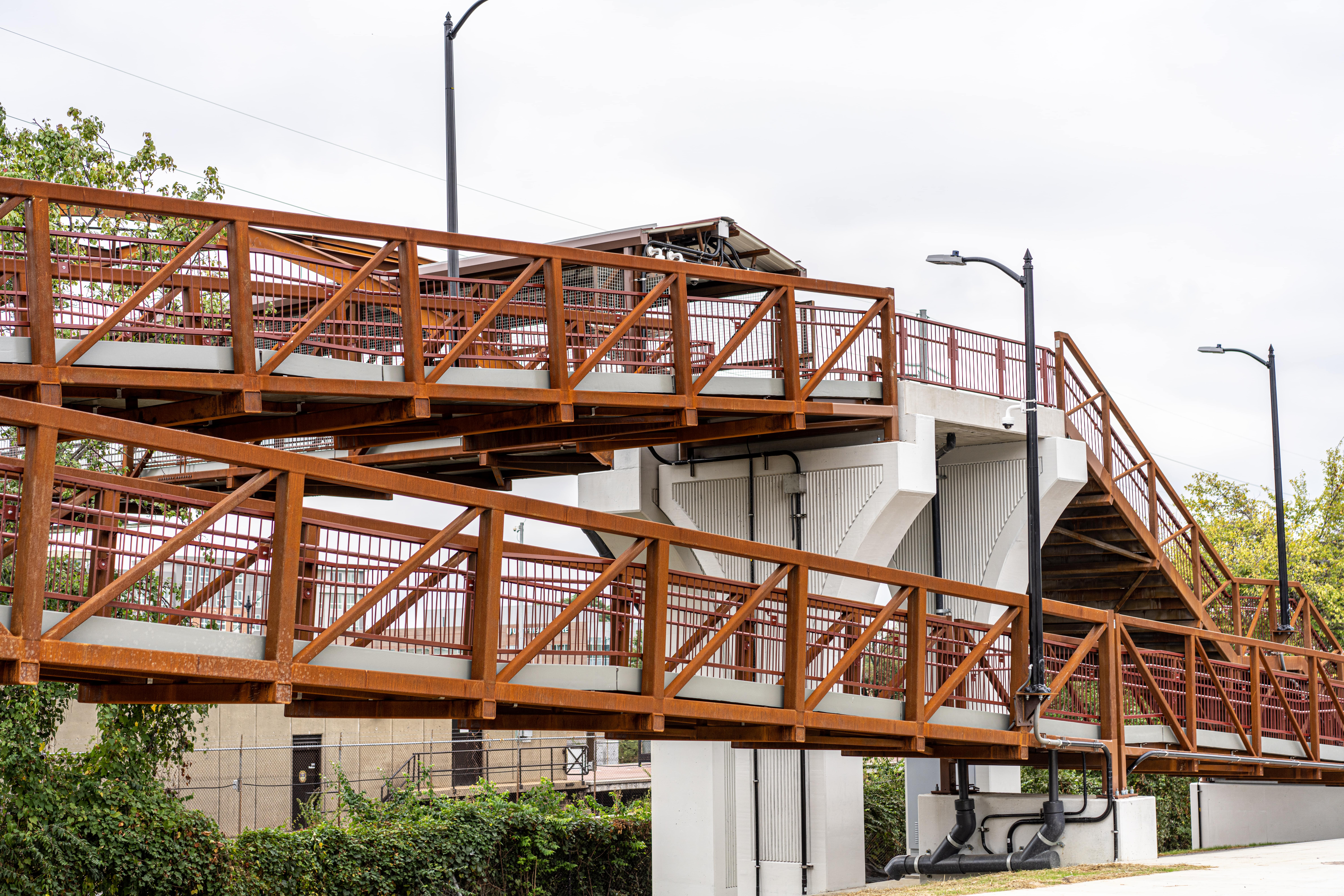 Comments That Got My Attention at Infrastructure Day
Comments That Got My Attention at Infrastructure Day
Last week I summarized the composite industry’s advocacy efforts during Infrastructure Day in Washington D.C. February 13-14. This week, I want to share some of the comments that I heard that really got my attention. Many of these remarks came from a panel discussion with representatives of associations and agencies involved in infrastructure for water, roads and bridges.
Questions were also raised such as, “In the roads and bridges world, will there be a comprehensive transportation and infrastructure legislation?” “Or will we have to settle for reauthorization of current legislation and maybe get just a few small bills passed? Timing is crucial. Bills need to introduced and well supported by July 4th; and passed by the end of September. At that point, it will be one year until the next presidential election. Posturing will take over and candidates will retreat to their voters’ bases.
At the state level, DOT’s are really starting to look for new technology that can solve recurring problems. Even if the solution carries a higher initial cost or requires alternate financing. The general view was that DOTs are 10 to 15 years behind the private sector. Some DOTs are asking the private sector for alternate solutions. States are being pushed to look at each project’s performance return. The FHWA along with state officials are evaluating infrastructure from an asset management viewpoint. This encourages long term thinking and innovation.
Associations tied to technology need to do more to support research and development in the D.C. funding battles. We need champions for R&D on the Hill. Money tends to get pulled from R&D coffers during appropriations because there aren’t very many people standing watch, ready to speak up to protect those funds.
P3 partnerships are a critical part of infrastructure’s funding future. We’re not just talking about toll fees, the typical reaction to this idea. Instead, it is a way to use private capital to serve taxpayers. The key component is risk transfer. The P3 entity needs to return the asset (say in 25 years) in “like new” condition. The public needs to be reassured that the government still owns the asset; that it is not privatized paving the way for a P3 organization to charge unrealistic tolls. After many years of discussion about raising and fixing the gas tax, there is growing discussion that technology (i.e. fuel economy, shared vehicles, electric vehicles) is making this approach moot. Alternate funding will be the best option. My personal comment is that when I sell bridge products to a P3 project, the questions I get are a lot harder and require more detail then the one-time acquisition- based projects I get. It’s because that private company’s money is at risk for 25 years.
Past approaches to America’s infrastructure are not working. Running the nation’s infrastructure like private, commercial ventures has to be the path we take in the future.

